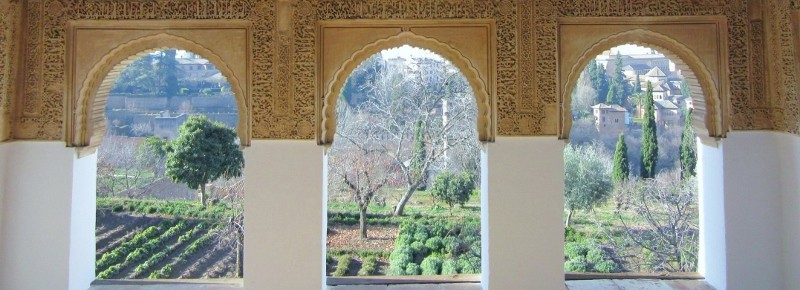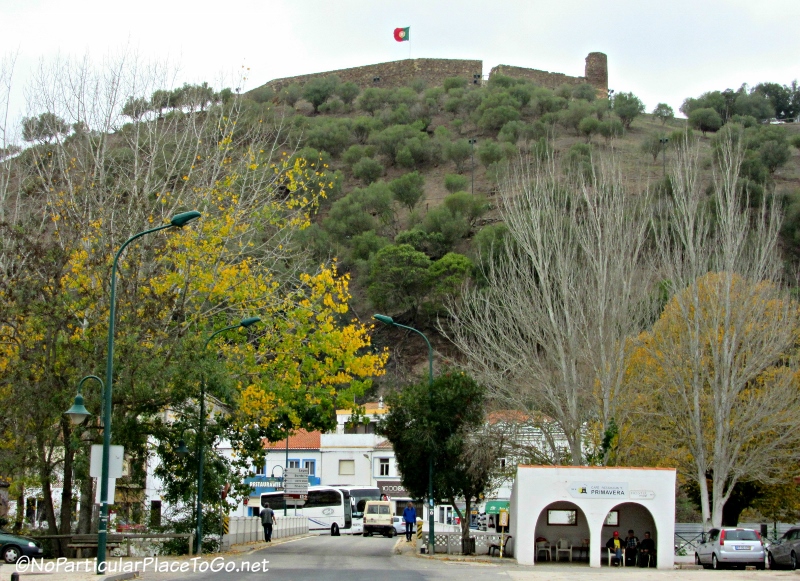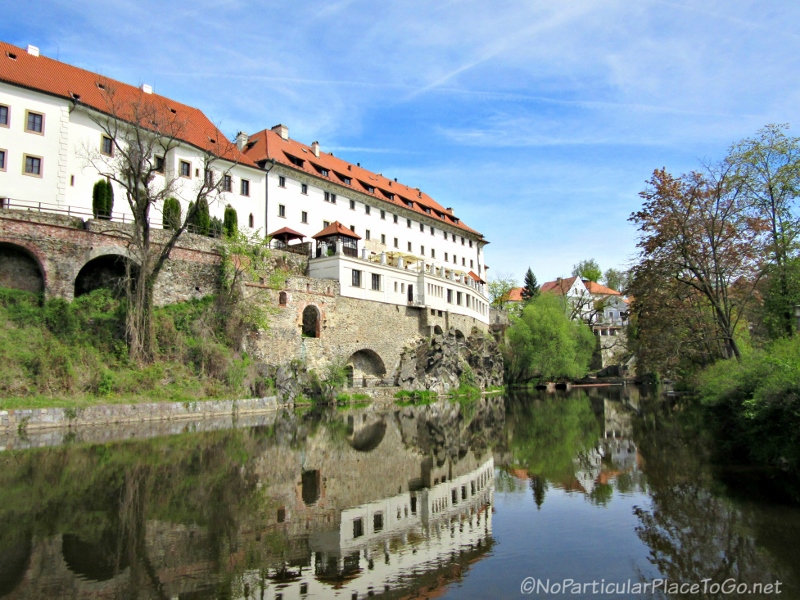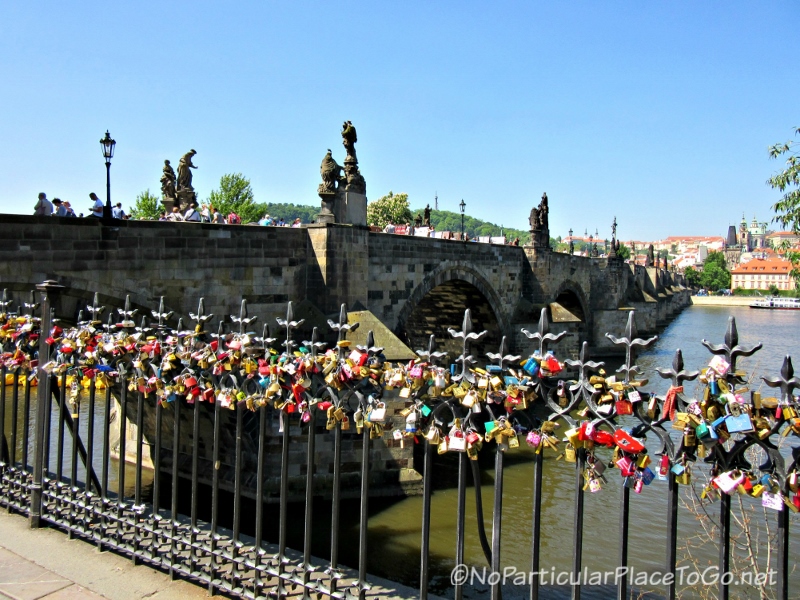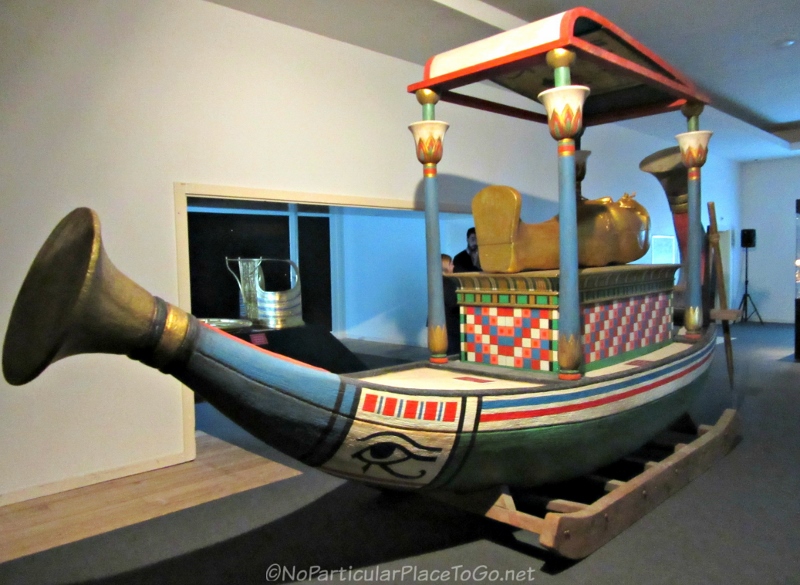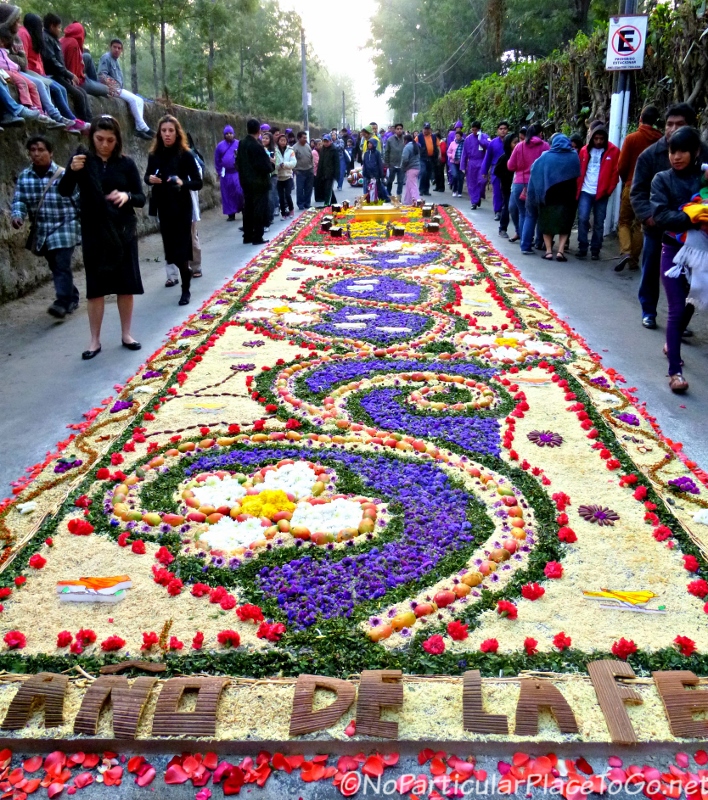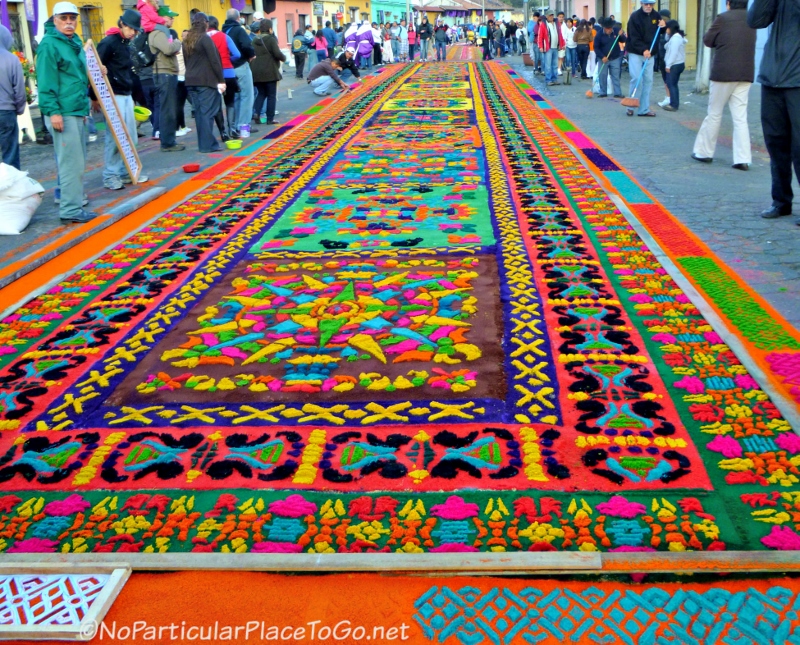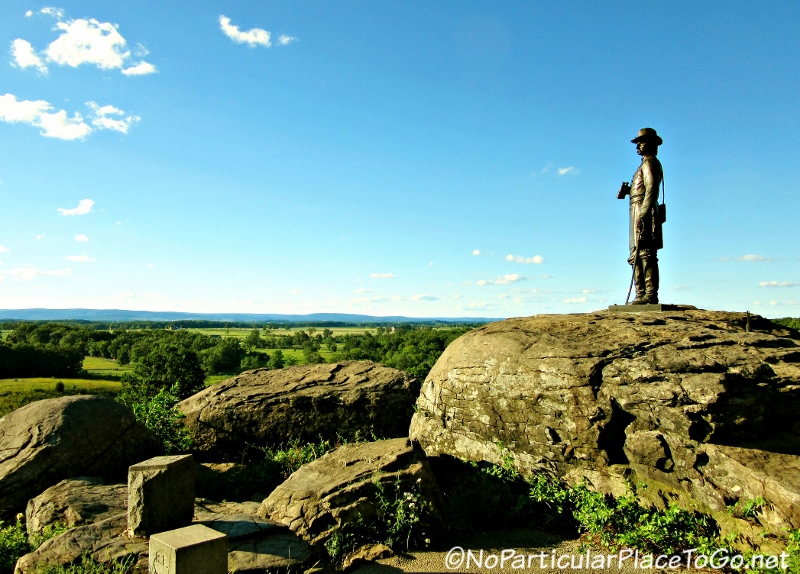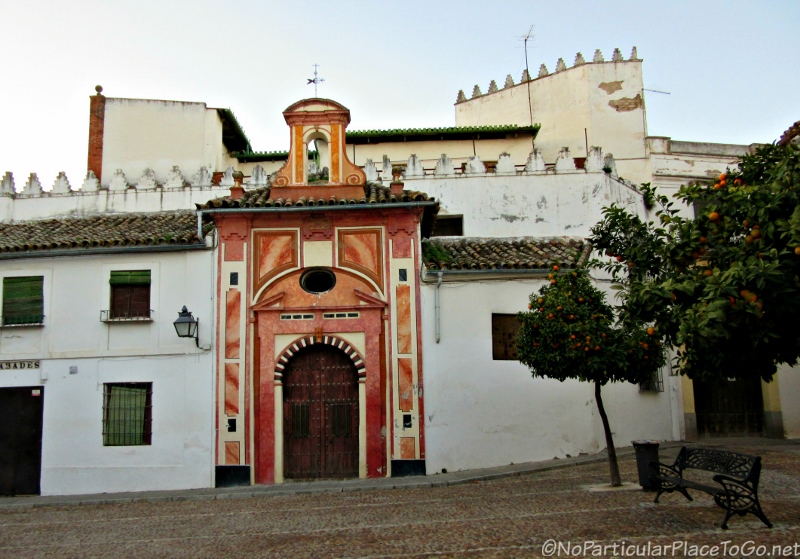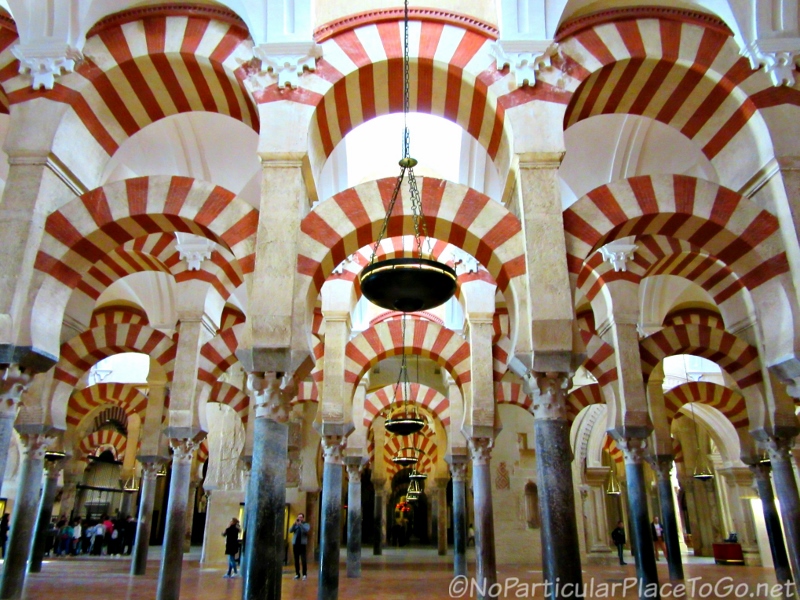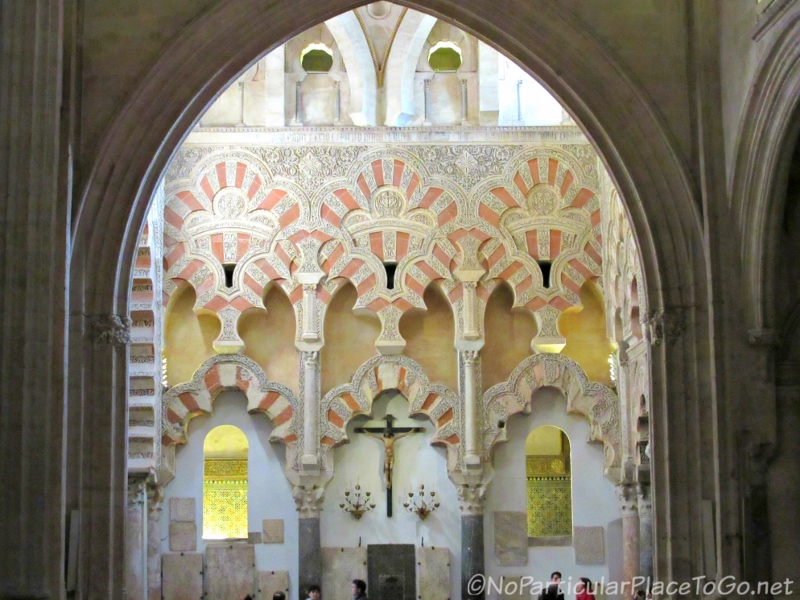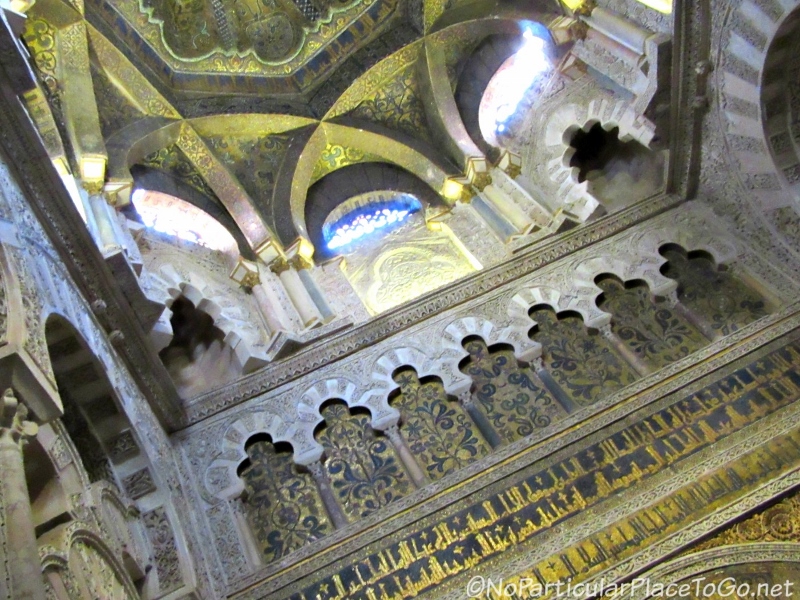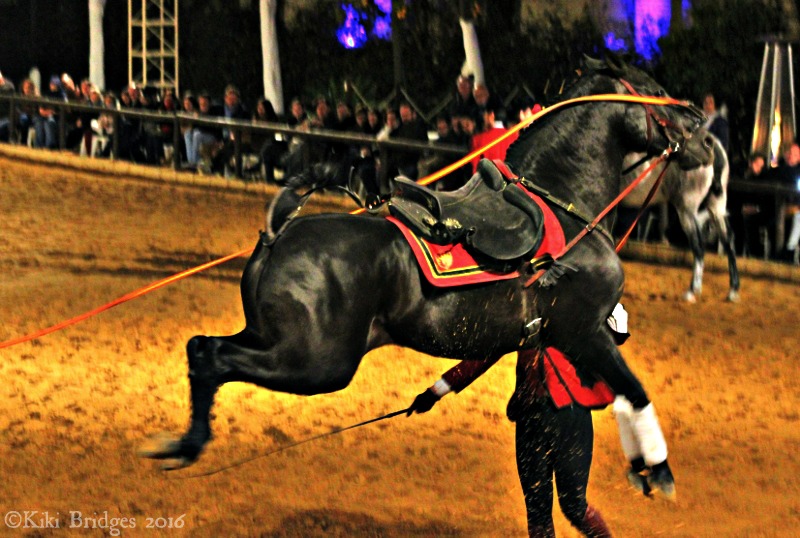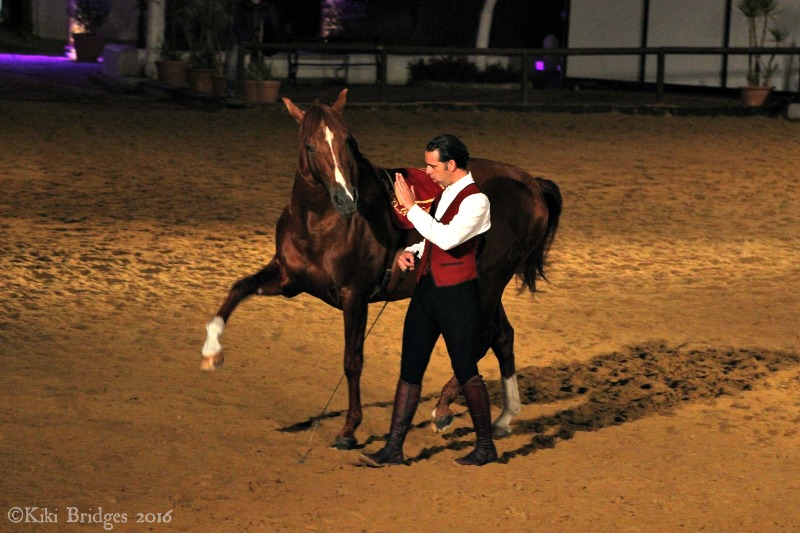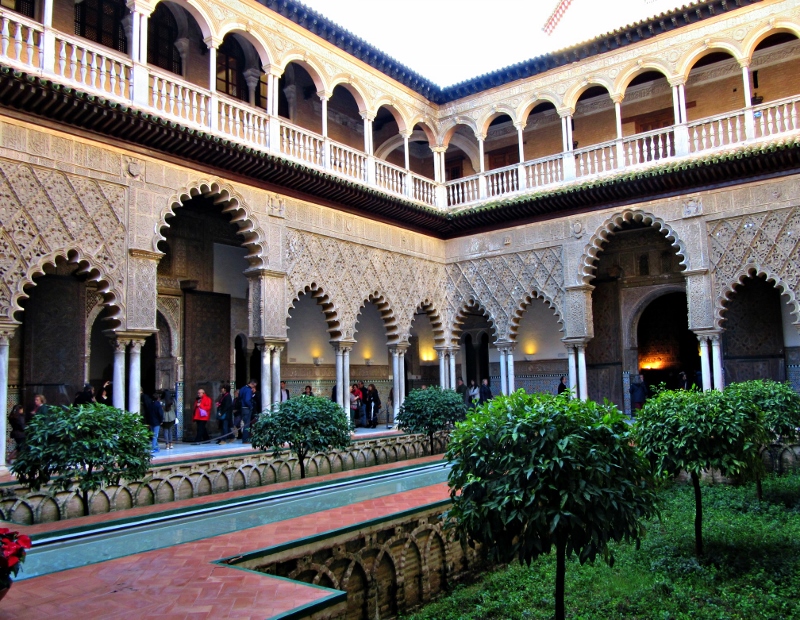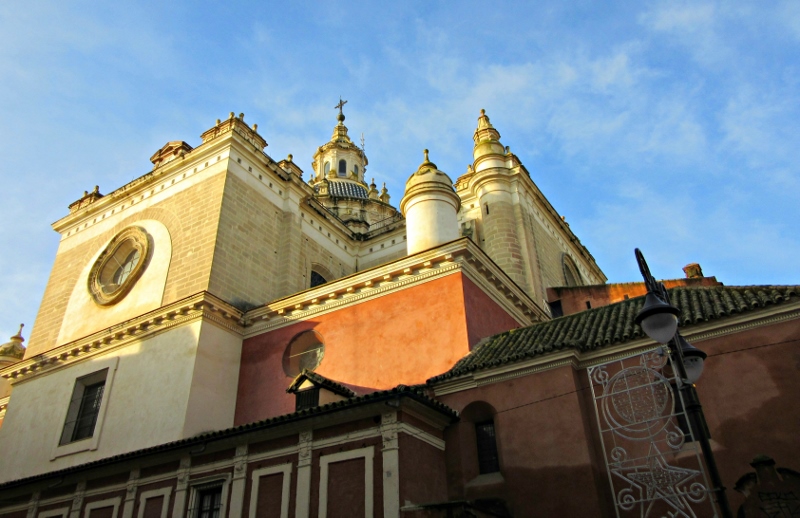
Back in 2011, when we were in the midst of preparing for full-time travel and radically downsizing, our announcements of our plans to various friends and family got a lot of different responses.
From dumbfounded gapes and guffaws to “You’ll never be able to do it.”
“What a great idea. I wish I could but …”
“But what about______? ” Here you can fill in the blank with: leaving a steady paycheck and our eventual financial ruin to robbers, rapists, natural disasters, not understanding a multitude of foreign languages, getting lost, people who hate Americans, etc.
And right along with the ‘What abouts’ were the ‘What ifs …?’ One of our favorite ‘What If’ questions was, “But what if you die?” We both cracked up with that question and gave a shrug but looking back, that question and the puzzlement it conveyed perfectly summed up why we were deconstructing and reconstructing our lives and taking a leap into the unknown. Because the alternative question was, What if we died living our perfectly safe lives? That of course excluded: floods, fires and hurricanes, traffic accidents, robbers, mass-murderers, and various diseases lurking and waiting to ambush us. Or what if we died while we were reputably employed: watching the clock, feeling the stress and pressure build, buried under the day-after-day grind, waiting for something new to break up the routine, waiting for the weekend, waiting for retirement? For us then, What if we die? became a huge incentive rather than an obstacle and a multitude of “What Ifs?” became possibilities.
And so, in our conclusion to our “Playing Twenty Questions” series and counting down the last seven questions, we’ll answer this What if question.
7) But what if I die?
We can give the flippant answer of We’re all going to die, which is far from helpful or give you our Hereafter philosophy. (Trust us, you don’t want to hear it, you probably won’t agree with it, and it’s way more shallow than deep.) That said, we drafted our first US will in the eighties, after our one-and-only was born, and we’ve updated it periodically since then. Copies of our newest will are kept at my sister’s home along with our dwindling stack of important papers which include our Durable Power-of-Attorney and Advance Healthcare Directive. A few months ago, we met with our Portuguese attorney and had him write a will for what few assets (car, bank account) we own here in Portugal. This will is written in Portuguese with an English translation. It’s pretty basic but among other things, our Portuguese will mentions that we also have a will back in the US. It specifically states that we do not want our remains to be repatriated to the US which is a huge expense and a why bother? (No one in either of our families seems to care that much about our decision to remain wherever we drop either.) And, continuing with the mortal remains theme, last week we pre-paid for our imminent demise with a bare-bones (no pun intended) international funeral plan that includes everything we can anticipate. We’re also in the process of letting trusted friends here in Portugal know where our papers can be found. And, in keeping with Benjamin Franklin’s famous saying, “ … the only things in life that are certain are death and taxes,” our next question tackles the second part.


Reasons to love Portugal
6) How do you deal with your taxes? Google the question, “Do I have to pay US taxes if I live overseas?” and the answer is a resounding “Yes.” The sad reality is that leaving the country does not mean you can leave this obligation behind, no matter how much you’d like to. If you are a US citizen, you are required to pay income taxes no matter where you reside. (For our readers who aren’t from the US, it’s worth checking out what your tax laws are if you’re considering long-term travel or expating.) Since we’re somewhat lazy and generally hazy on anything tax related, we have a Texas accountant who keeps current with the laws and has helped us file our taxes for several years. Because we’ve done our damnedest to simplify our lives (no paycheck, no property, few deductions) our taxes are simpler to file too.
TIP – Paper tends to add weight when you’re traveling full-time and clutter when you’re not, so we scan copies of all our medical expenses and receipts to our computer and upload them to Dropbox in case we’re ever audited.
TIP – For those of you considering an expat life living and working in another country as a U.S. citizen (instead of a totally idyllic retirement like us) you are also required to file. And yes, the IRS wants to know all about any money you make overseas.
And that leads naturally to the next question.
5) If I get a resident visa to live in Portugal, do I have to pay taxes in Portugal?
This question gets you the wishy-washy answer of Yes and No and, since we’re not lawyers, accountants, nor remotely interested in trying to grasp any legal intricacies, we’ll try to skim-answer this question as best we understand it. (In other words, if you want a better answer, ask someone else.) Foreign residents who live in Portugal are called (probably one of the nicer names anyway) Non-Habitual Residents (NHR) and Portugal has a tax treaty in place with the US and several other countries that exempts these residents from double taxation on their foreign income. Since we’re retirees, this exemption means that we don’t have to pay taxes in Portugal on our US social security and money from our retirement plans. Of course, nothing is that easy and you have to:
1) register as a non-resident taxpayer
2) obtain your residency visa
3) register as a tax resident in Portugal and
4) then apply for the NHR exemption which is applicable for ten years.
A link that explains this requirement better can be found Here and there are more answers online. To be compliant, you need to file annual tax returns in Portugal, stating your worldwide income and provide adequate documentation as well as proof that you’ve paid your income tax back in the US. We copied and submitted our income tax returns which worked just fine.


More reasons to love Portugal
4) How difficult is it to set up a bank account?
In recent years, many foreign banks are refusing to work with American citizens because the US imposes burdensome filing requirements upon them but we found it remarkably easy to set up a bank account in Portugal and we made a good friend, Teresa, in the bargain. (We refer all our friends to her.) We picked Millennium BCP bank because it seems to be located in almost every city and village in Portugal, and our new BFF, Teresa, patiently walked us through all the forms. The bank account required passports, our rental lease, our fiscal numbers (trust us, this essential number, also known as an NIF, will be the most important part of your official new identity as a resident of Portugal) and a copy of our US social security cards. We left with a stack of papers that included online instructions and passwords welcoming us and our money to the new Millennium family and received debit cards in the mail a couple of weeks later.
Note – We set up our account in November of 2015. We’ve talked to friends who have set up accounts recently and our info still appears to be current.
TIP – If you plan to set up a bank account in Portugal (or any foreign country for that matter) this link is a terrific quick and dirty into to what you need to know about foreign bank account reporting as a US expat. And you can sound like an expat pro to your friends and family when you casually drop the acronyms FATCA and FBAR into your conversations.
3) Can you give me the lowdown on all things medical in Portugal?
This won’t be a surprise to anyone from the US, but we receive a lot of questions related to Portugal’s healthcare system from US citizens and retirees. As residents of Portugal, we are entitled to access the National Health Service (the Portuguese Serviço Nacional de Saúde or SNS) for almost free public healthcare. Almost immediately after we received our residency cards, we signed up at our local health service center in Lagos bringing our passports along with us as required. We were each issued a paper with our individual numbers to use in the event that we find it necessary to use the public healthcare system. That said, we understand that, although the care is good at the public hospitals, the waiting lists for routine visits can be longer than what we’d like and that many of Portugal’s public hospital and clinics may be crowded and understaffed. Instead, we’ve elected to access the private hospitals using our private health insurance company Medis, which was offered through our bank for a cost of €46 per person each month. With private insurance, we have no problems getting in to see English-speaking doctors at the private hospitals in a timely manner and the care we’ve received has exceeded our expectations. After coming from the US where many of the doctors are stressed out, overworked and all-too-often forget the human side of health care, it’s been awesome to find doctors who are warm and caring and our visits to them unhurried. The copays vary from €15 -25 and, if a prescription is necessary, we can get a discount at the pharmacy when the doctor writes down our national health service number.
The pharmacies are also quite different in Portugal compared to the US. Some medications like inhalers are available without a prescription and when your prescription is presented, the medication is located, a notation is written on your prescription indicating that the medication has been dispensed and the prescription is handed back to you. Quick, efficient and quite a bit simpler than filling a prescription in the US but, my critique as a former pharmacist would be that there seems to be little advice given nor screening for drug interactions. There are upsides however, and almost all of the drug prices are much lower than in the US.
TIP – Make sure to ask for the generic as it won’t automatically be offered.
TIP – A good reference that will help answer your questions regarding Healthcare in Portugal can be found Here.


We love the pedestrian friendly streets too!
2) How’s that learning Portuguese going?
In the Algarve area of Portugal, as well as the larger cities of Lisbon and Porto, it’s not hard to get by with English as your primary language. And, because laziness is always our convenient fallback, the fact that English is spoken widely has proven to be our greatest stumbling block. We really have to put forth an effort to find locals to practice our Portuguese with as they, in turn, like practicing their English on us expats. That said, Richard (as always more diligent when it comes to language learning) has been attending classes twice a week for several months and is actually making some progress. I, on the other hand, have found all sorts of excuses to avoid this exercise and fervently believe that (some) spouses should never attend the same classes if they want to remain happily married. Eventually though, I realize that I need to ‘get with the program’ so to speak, and make a real effort to learn some Portuguese since this is our adopted country. We love exploring other parts of the country where finding English speakers is more difficult and having some familiarity with the language really enhances our experience.
TIP – Here’s a great online resource for learning European Portuguese (which differs from Brazilian Portuguese) that we’ve found useful.
And, our final question (for those of you still with us) is:
1) This lifestyle reset to become a fulltime traveler and/or expat sounds like a lot of work. Is it worth it?
Yes and Yes! We’ve heard variations of this question several times and rather than painting a rosy picture and telling a happily-ever after fairytale, we have to admit that shaking up our lives has been, in some respects, the hardest we’ve ever worked. The flip side to that is, it’s also been the hardest we’ve ever played and the past years have been some of the best in our lives. Trading the routine and the known is a great and trusting leap into the unknown cosmos of foreign plane, train and bus terminals, unique and exotic cultures and different languages, customs and rules. And sure, there have been downsides: bureaucratic tape and finding work-arounds to get things done, patience-testing situations (that we generally fail first time around) and things that make us exercise our ‘colorful’ vocabularies. But, we can truthfully say that we have never contemplated going back to our old lives. For us, going forward is infinitely more rewarding and making the decision to shake up our lives six years ago has wildly exceeded our expectations.
By Anita Oliver and Richard Nash

37.102788
-8.673027


